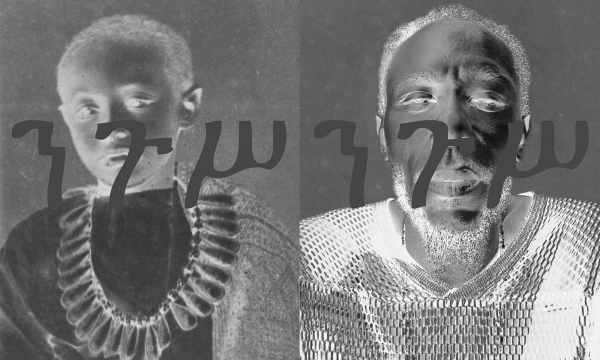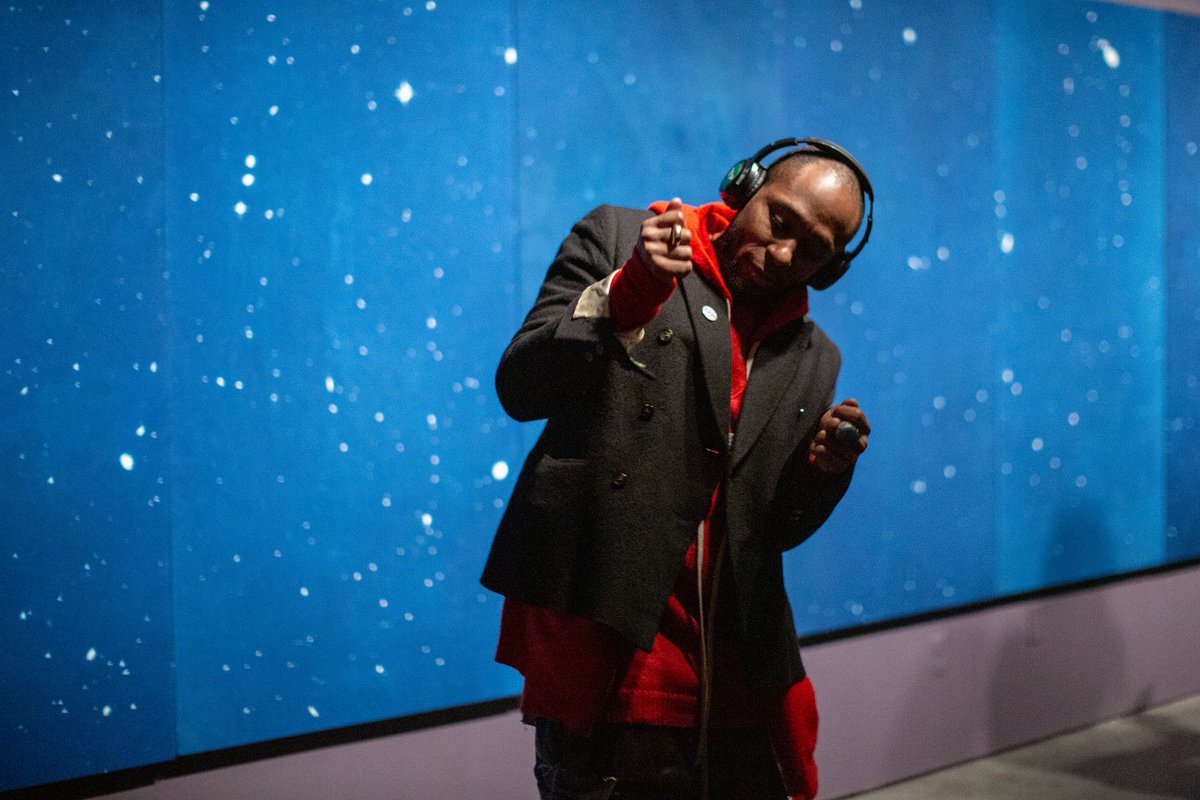The year 2020 will quite possibly enter the record books as one of the most memorable years in modern history, beginning with the unexpected and tragic death of global icon and basketball great Kobe Bryant. Since his passing it is as if the balance in the world as we know it shifted, and everything changed. We are faced with an American election which sees mankind staring down the barrel of a gun with the possible re-election of Donald Trump for a second term as President, Black Lives Matter (#BLM) asserting itself as a result of racial injustice against black people (and other people of color) by the police to COVID-19 having the entire world at a standstill and in quarantine- killing close to as many as 153,000 in America alone. Amidst all this death, government enforced quarantine and political turmoil art seems to be the brightest silver lining. There has been a surge in creativity as large sections of entire populations globally are stuck at home, where we see the entrepreneurial and creative sprit rise to produce some fresh, new, and innovative art. My creation of the Roots Necklace is one.

A fusion of cultures and artistic traditions guided me in creating the Roots Necklace. As a Jamaican artist who is heavily influenced by the consciousness of Rastafarianism, my affinity to share that same connection in spirituality- alongside the need for those of African descent to reconnect with their heritage birthed my idea. In my previous post where I examined African art from the intricate standpoint of form and function, I explored some of the traditions which are symbolical in the creation of each necklace.
From the usage of the wooden outline of Africa, which symbolizes our connection to the earth and the Black continent, to the uniquely customizable inscriptions that can be placed on every piece, these aspects combined serve as a talisman of remembrance, spirituality and physical connectivity. I blended my love for two-dimensional art and appreciation of three-dimensional renderings, offering the world a new look at four-dimensional fine art as each necklace moves through space and time on our person.





Each necklace is carefully strung with the foundations of visual art as a framework of design in order to achieve maximum visual impact. I chose to make each by hand, from the outline to the painted design to pay homage to my African ancestors who were skilled craftsmen and women. The custom option which includes but is not limited to personal flags as seen above is offered, further adding to the personal connection to your necklace. This exploration in art is one that has been in the making for some time, and like many of the happenings thus far in the year 2020, this is my mark, bred from a call to action as black artists, but also as citizens of a richly creative and innovative world. A world that needs a silver lining.
















 Like many of my other “scapes”, they boast a deep understanding of how to achieve depth in an artwork. Always paint with the principles and elements of art in mind. They are your framework for successful representations and connecting visually to your audience.
Like many of my other “scapes”, they boast a deep understanding of how to achieve depth in an artwork. Always paint with the principles and elements of art in mind. They are your framework for successful representations and connecting visually to your audience.







